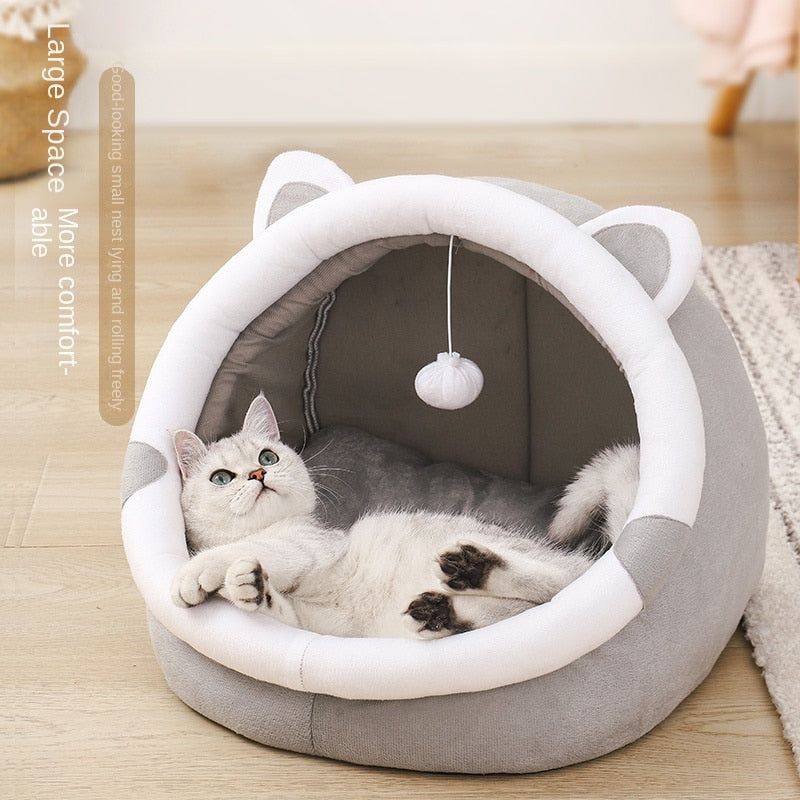The Best Kids' Toys: A Fun and Educational Journey
Toys are essential for a child's growth and development because they provide more than simply pleasure; they also serve as instruments for learning, discovery, and imaginative play. In this post, we'll look at some of the greatest kids' toys that meet the demands of different age groups and developmental stages and make sure that playing is both joyful and educational.

toddlers and babies
Rattles and teething toys provide sensory stimulation and alleviate the pain associated with teething. The senses are stimulated by vivid hues and a variety of textures.
Soft plush toys: Soft, cuddly creatures or figures may provide young children with comfort and company. These toys often end up becoming treasured "security objects."
These stacking rings and cups help kids develop their hand-eye coordination and fine motor skills as they learn how to arrange and nest things.
Interactive mobiles help keep newborns' attention and improve their tracking and focusing skills when they are hung over their cribs.
Toys that emit music or relaxing sounds may be peaceful and help with auditory development.
Preschoolers
Simple wooden or plastic construction blocks stimulate imagination, encourage problem-solving, and develop fine motor abilities.
Puzzles: Age-appropriate puzzles foster patience, spatial awareness, and cognitive abilities.
Art supplies: Coloring books, crayons, and markers foster creative expression.
Games on a board: Simple board games teach kids turn-taking, counting, and strategic thinking.
Play-dough: Children may mold, shape, and build with play-dough, which promotes tactile exploration.
Children at School
LEGO sets: These allow children to create their own worlds while fostering STEM abilities and creative play.
Science kits: Chemistry, astronomy, or other basic experiment kits pique people's interest and encourage study.
Books: To encourage a love of reading and to support a child's growth, supply age-appropriate books.
Bicycles: Riding a bike fosters independence while encouraging physical exercise and motor abilities.
Advanced art and craft kits, such as those for constructing jewelry or models, provide more opportunities for creative expression.
Teenagers and Preteens
Board games and strategy games: As kids become older, they may appreciate increasingly challenging board games that need strategic thinking.
Instruments of music: Playing an instrument encourages creativity and discipline.
Building and robotics kits: These let youngsters learn about engineering principles while promoting STEM education and problem-solving abilities.
Books and E-Readers: Continue to encourage reading by providing teenagers with age-appropriate books and e-readers that let them discover a greater variety of literary works.
Encourage physical exercise and teamwork through outdoor sporting goods including basketballs, bicycles, and soccer balls.
The Function of Educational Games
Children's cognitive and emotional growth depends on educational toys. They encourage creativity, the ability to solve problems, and a passion for learning. These educational toys often correspond to school curriculum, enhancing and enticing learning.
1. Educational building blocks: Children learn about engineering, critical thinking, and spatial connections through building blocks like LEGO and magnetic sets.
2. STEM Toys: Through interactive play, STEM toys teach kids to many careers in science, technology, engineering, and mathematics. Science activities and robotics kits are two excellent examples.
3. Art and science kits: These kits come with everything you need to explore art or science, encouraging imagination and a practical knowledge of ideas.
4. Educational Games: Board games and card games may entertain the whole family while teaching arithmetic, language, and strategic abilities.
5. Musical Instruments: Playing an instrument fosters creativity and an awareness of rhythm and melody.
Choosing Toys That Are Age-Related
Always keep in mind a child's age and developmental stage while choosing toys for them. Children are entertained by toys that are age-appropriate while still being safe for them. In order to meet the child's particular requirements and passions, also take into account their preferences and interests.
Play's Effect on Child Development
Toys are crucial resources that support a child's natural exploration of the world via play. It's critical to comprehend the role that play and toys play in a child's development.
1. Cognitive Development: Play and educational toys help kids develop their spatial awareness, critical thinking, and problem-solving abilities. Playing with bricks, doing puzzles, and learning about science all promote cognitive growth.
2. Social and Emotional Development: Playing with others helps kids develop important social skills including collaboration, empathy, sharing, and communication. Children learn how to relate to others and manage their emotions via these encounters.
3. The development of fine and gross motor skills: Toys support the growth of both fine motor (small, precise motions) and gross motor (bigger, more fluid movements). Exercises that improve physical coordination and dexterity include playing sports, riding a bike, and coloring with crayons.
4. Imagination and Creativity: Children may use their imagination and creativity during playtime. They learn to express themselves and develop a feeling of identity via storytelling, role-playing, and artistic arts and crafts.
5. Language and Communication Skills: Playing with dolls, action figures, or puppets stimulates the development of language. During creative play, kids may develop their vocabulary, story structure, and dialogue.
Parents' and caregivers' Roles
In selecting and enabling play with toys, parents and other caregivers are very important. The following advice will help you make the most use of toys for children's development:
1. Age-Appropriate Selection: Choose toys that are appropriate for the child's age and stage of development. Age-appropriate toys provide appropriate challenges while keeping kids active and safe.

2. Quality Over Quantity: Play quality, not toy quantity, is what matters. A few well selected toys may foster learning and creativity more than a room full of miscellaneous playthings.
3. Safe and Long-Lasting Toys: Make sure the toys you choose adhere to safety regulations and are constructed from non-toxic materials. Because well-made toys can survive continuous usage, durability is also crucial.
4. Promote Open-Ended Play: Toys that can be utilized in a variety of ways promote open-ended play, which allows kids' imaginations and creativity to flourish. Excellent examples are building blocks and art tools.
5. Participate in Play: Playing with your kid is a wonderful way to connect and encourage their growth. Play board games, take part in storytelling, or construct with blocks.
6. Rotate Toys: To make playing fun and new, think about rotating your toys. A child's interest might be rekindled by putting away certain toys and bringing them out later.
7. Disconnect and Be Present: Encourage unplugged play in the screen-age. Reduce screen time and encourage active play and social engagement instead.
The Changing Face of Toys
The world of children's toys is constantly changing, with an increased focus on play that is educational and STEM-related. The toys created to promote children's growth evolve along with their needs and interests.
In summary, the finest kid's toys are those that promote discovery, creativity, and education. Play is crucial for a child's growth and development; it's not simply about having fun. Toys act as a trigger for this development by giving kids a wide range of opportunities to develop anything from cognitive abilities to social and emotional intelligence. Toys are the key to unlocking a child's potential and kindling their love of learning and play, whether it be a basic wooden block, a scientific kit, or a beloved board game.










